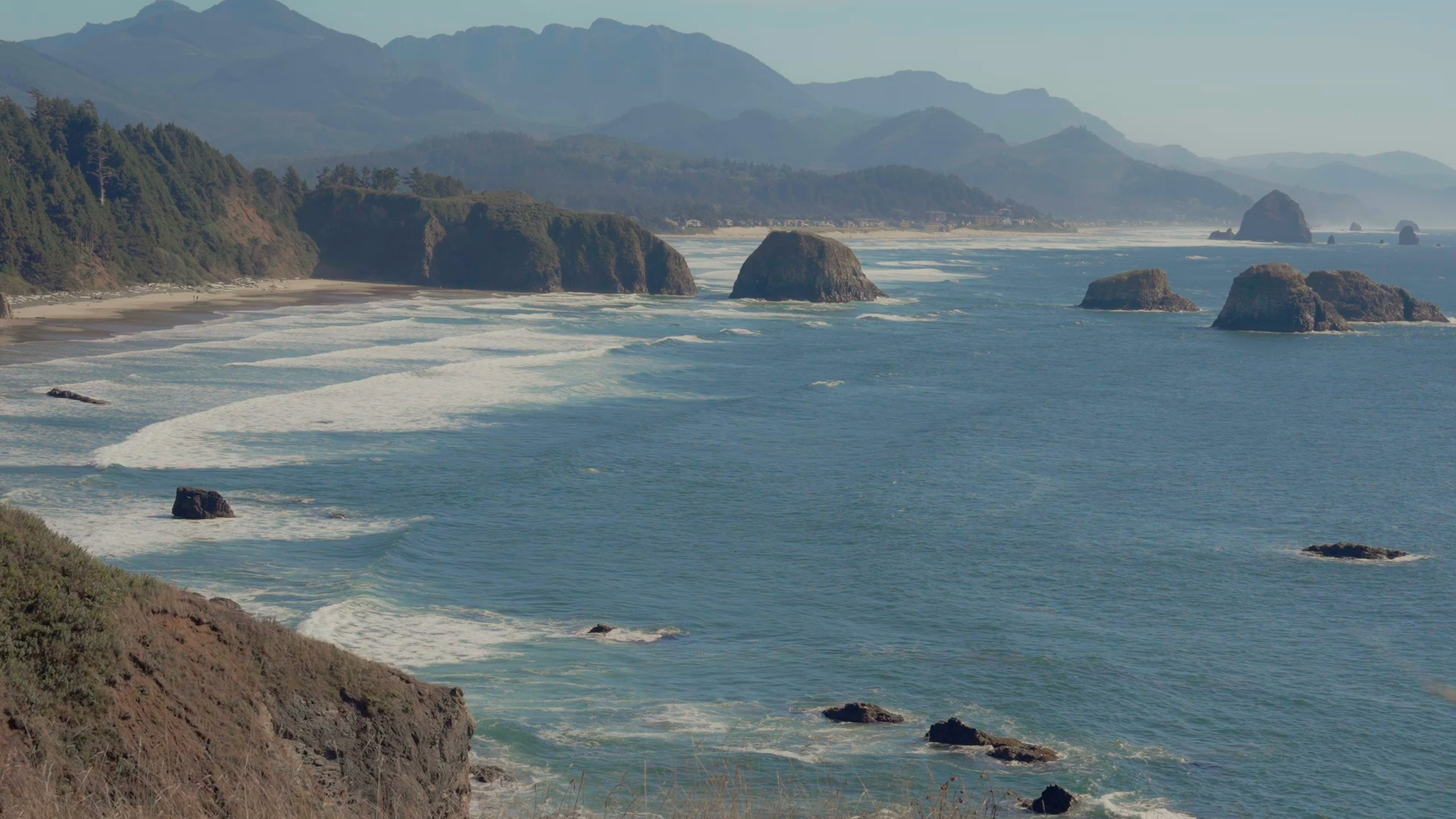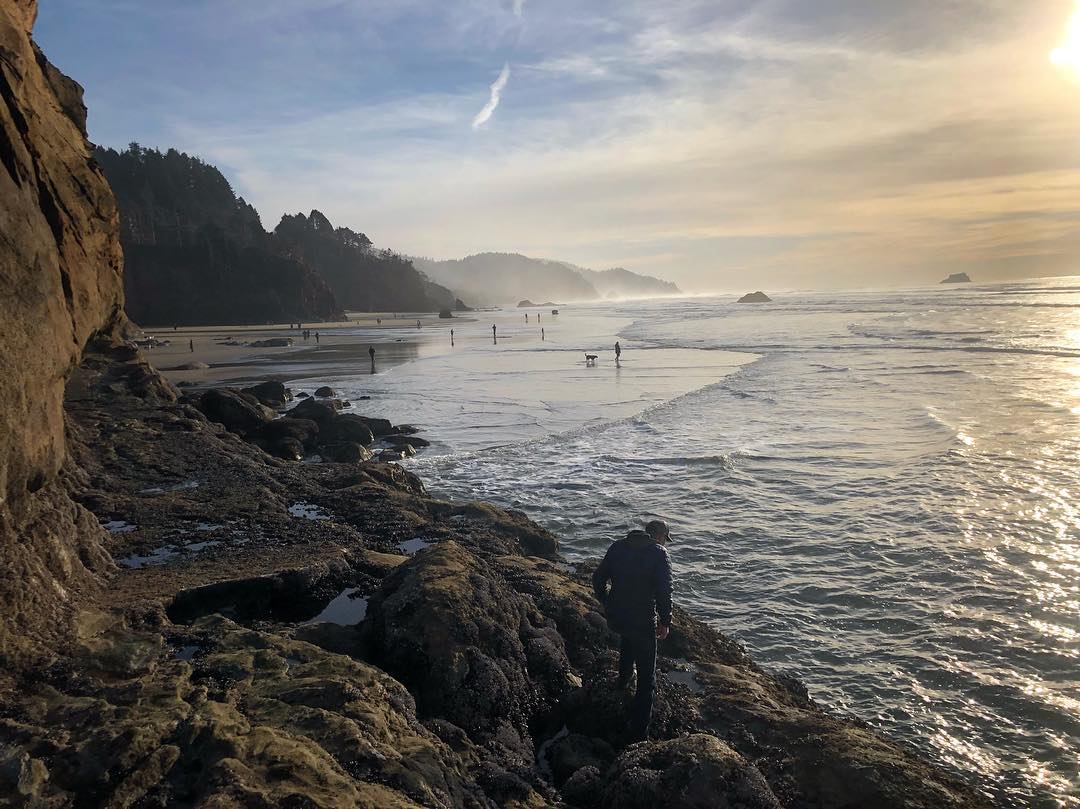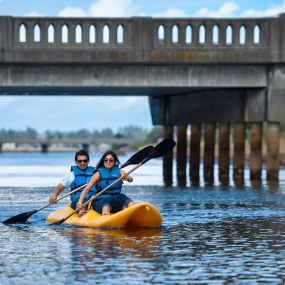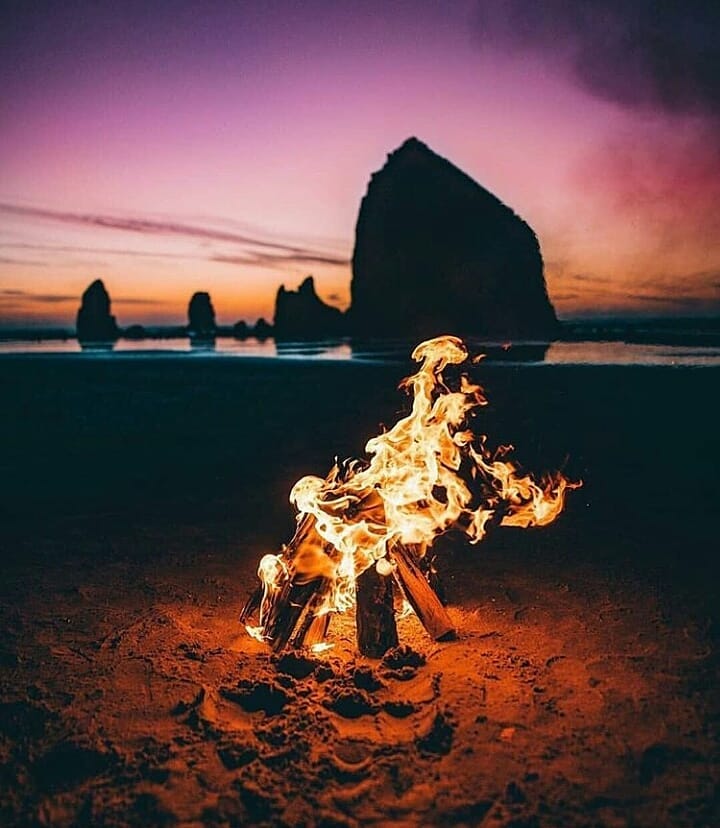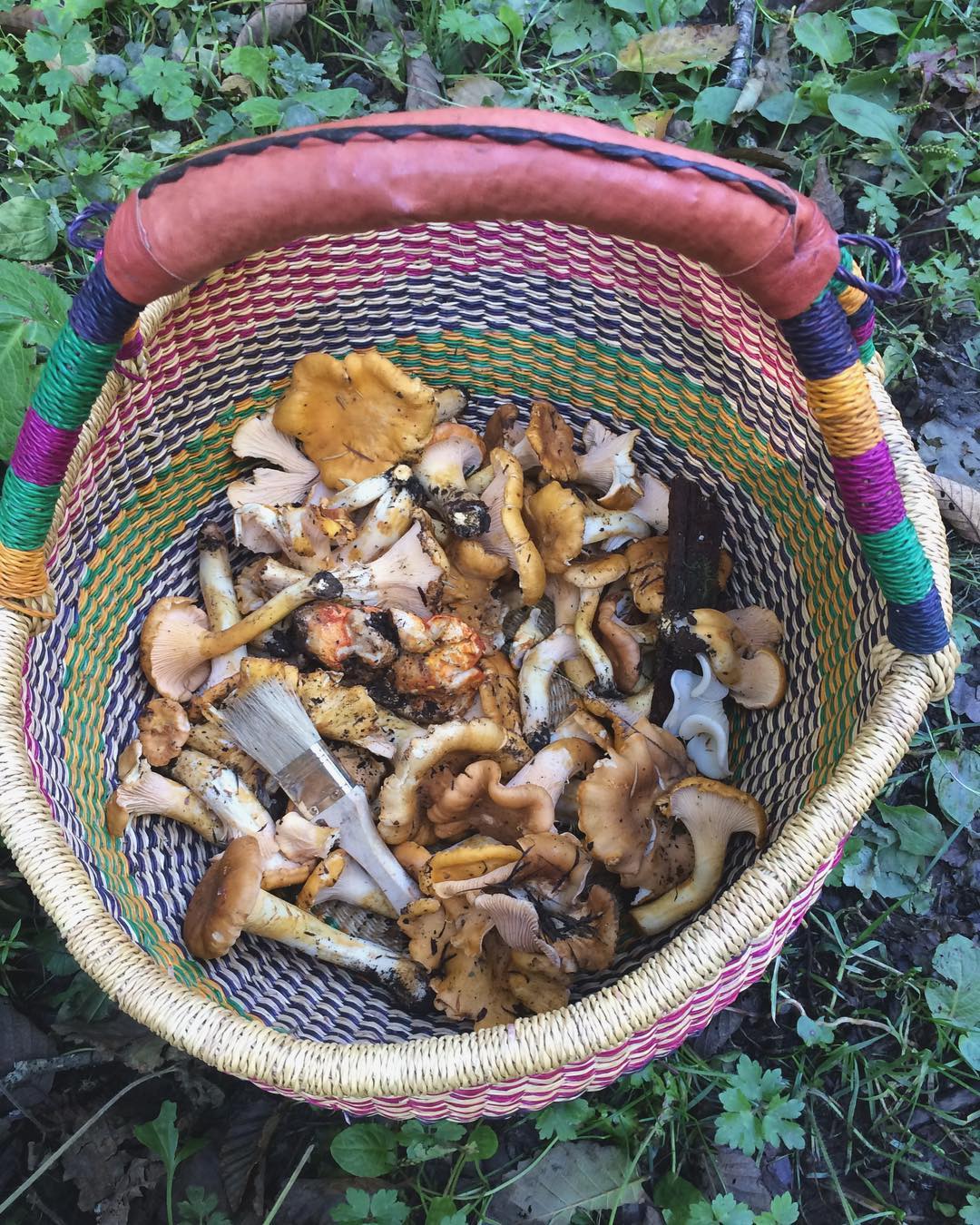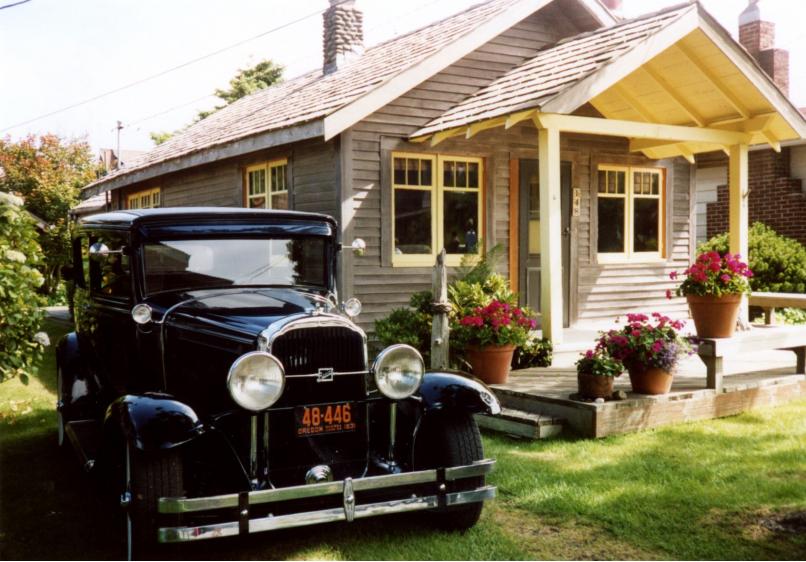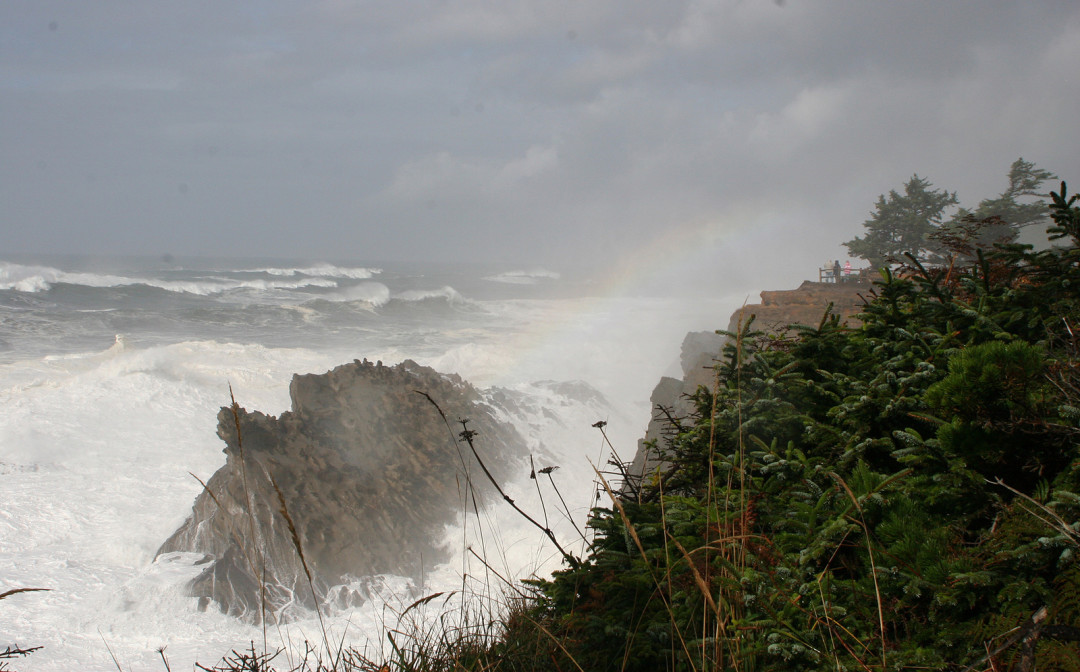Oregon Coast Weather YEAR ROUND
The Oregon Coast weather experiences some fog, sun, rain, and mild weather – sometimes all in the same day.
SPRING WEATHER
- 4.93″average RAINFALL
- 56-41°average TEMPERATURE
Sun breaks mixed with rain & wind. Keeps things nice and green here. Every season our recommendation is the same. It’s good to be prepared for, well, weather. Dressing in layers works well year round.
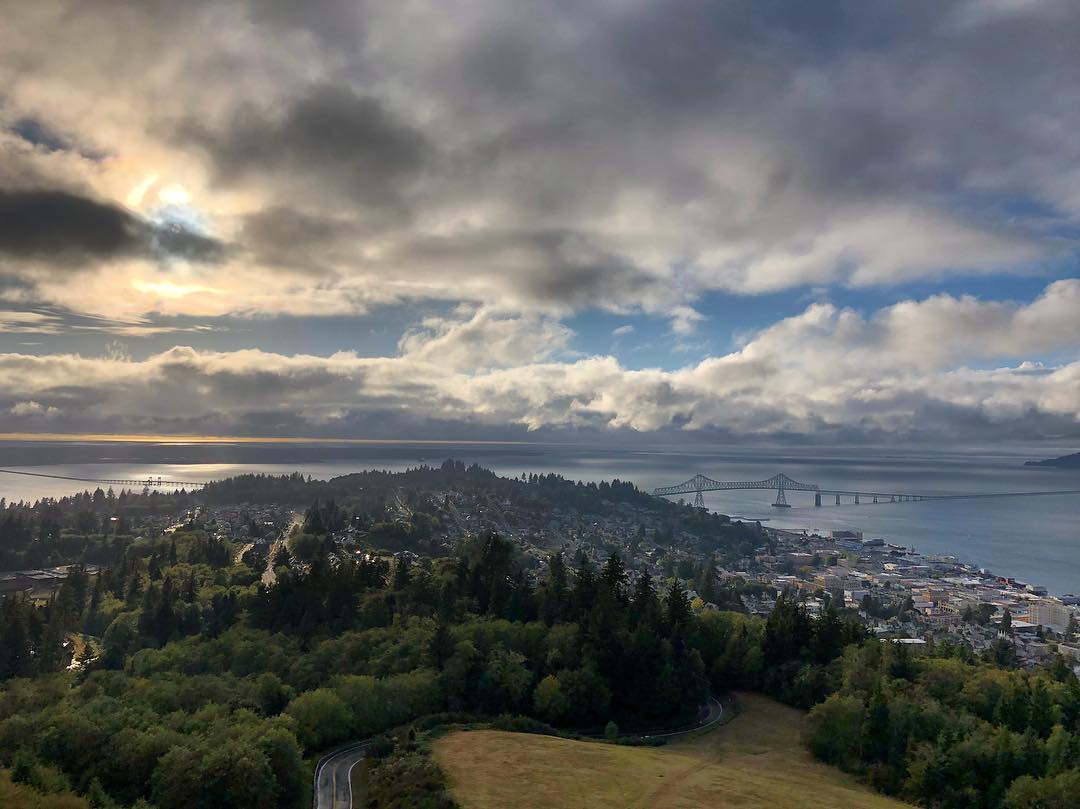
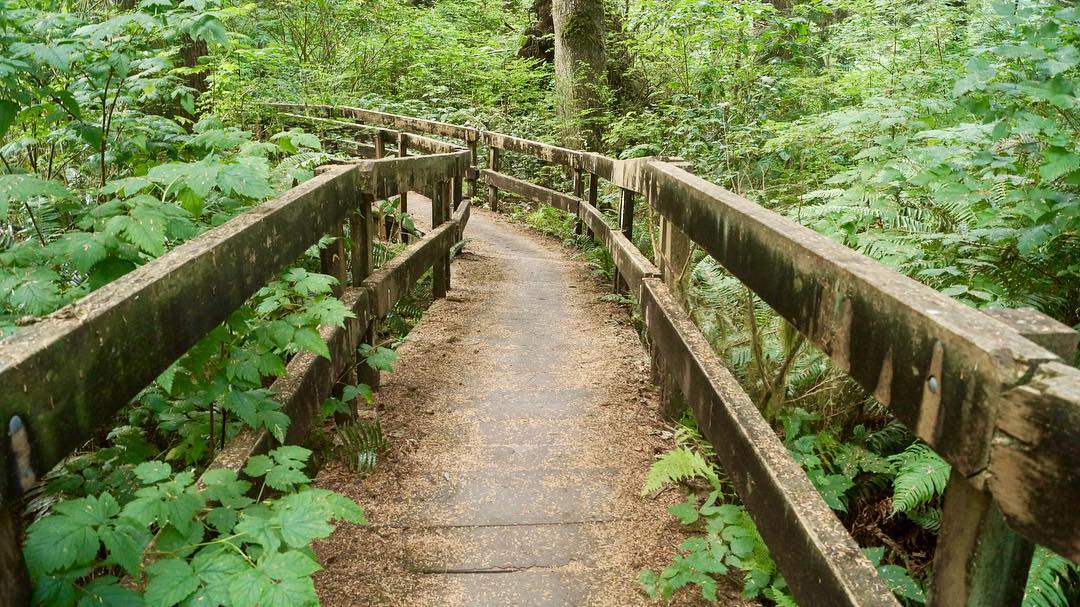
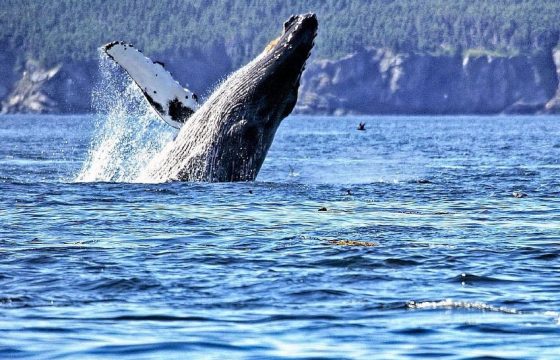
WHAT TO DO
SUMMER WEATHER
- 1.16″average rainfall
- 67-53°average Temperature
Sunnier days, plus frequent fog. Sweet summertime sprinkles. Every season our recommendation is the same. It’s good to be prepared for, well, weather. Dressing in layers works well year round.
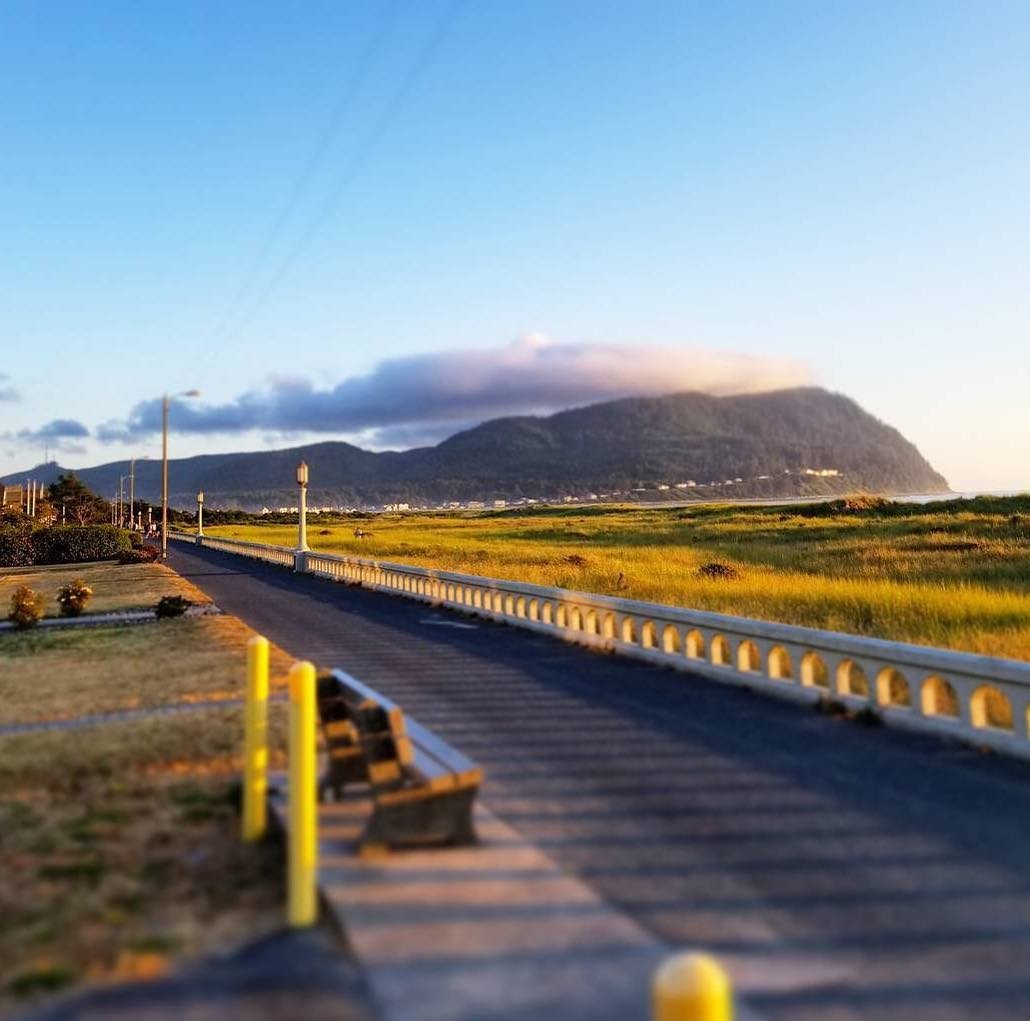

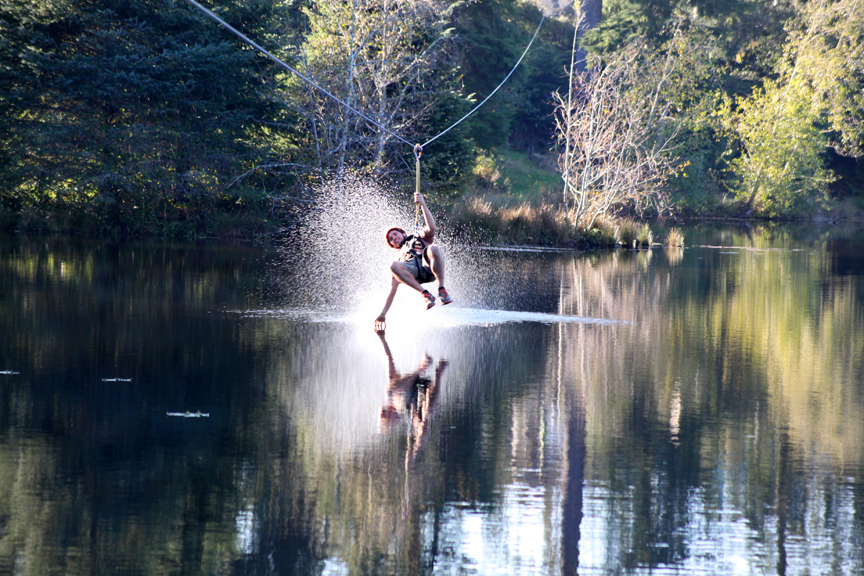
WHAT TO DO
FALL WEATHER
- 5.61″average rainfall
- 61-44°average Temperature
Good weather can last into October. Freshening up the foliage. Every season our recommendation is the same. It’s good to be prepared for, well, weather. Dressing in layers works well year round.
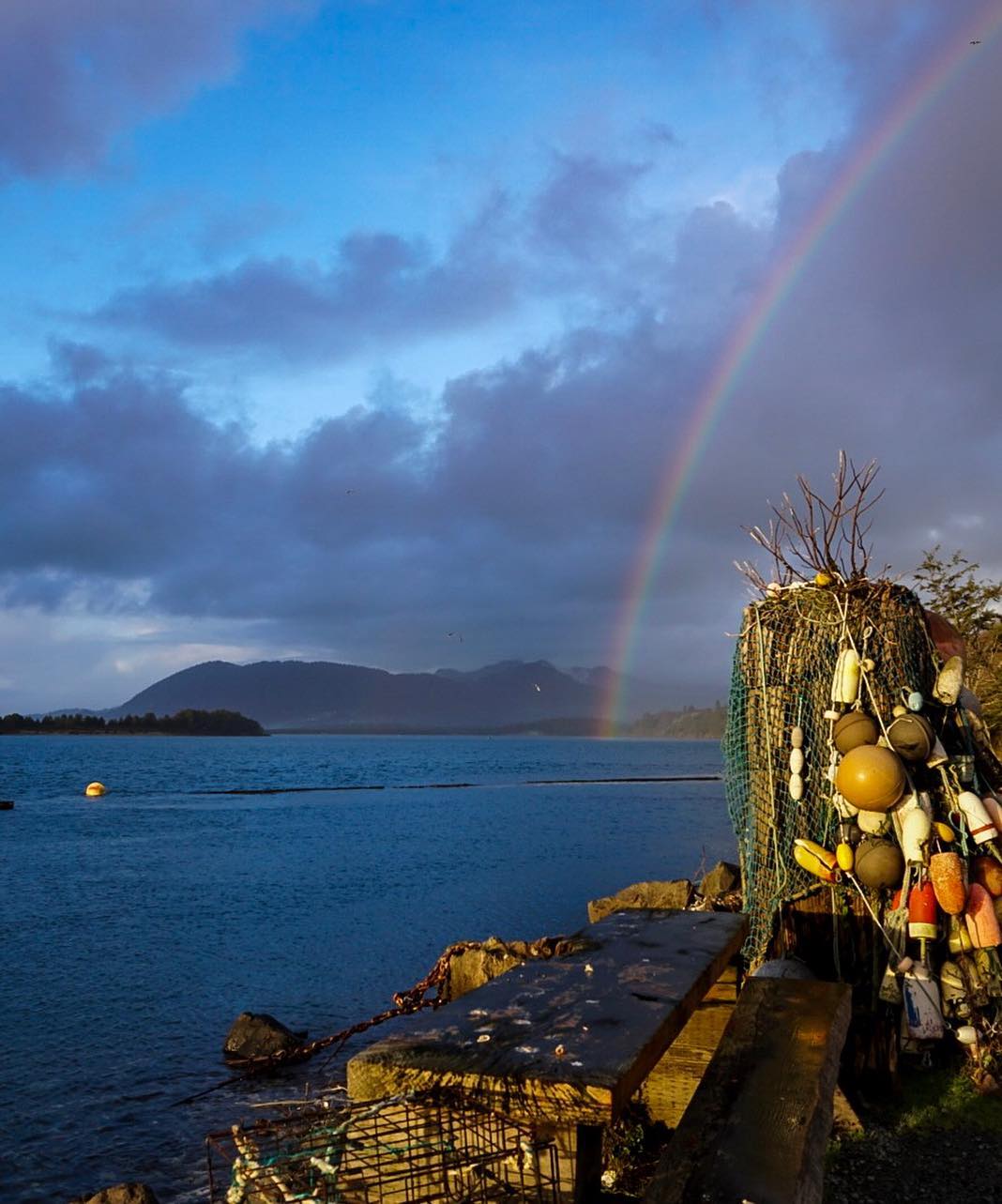
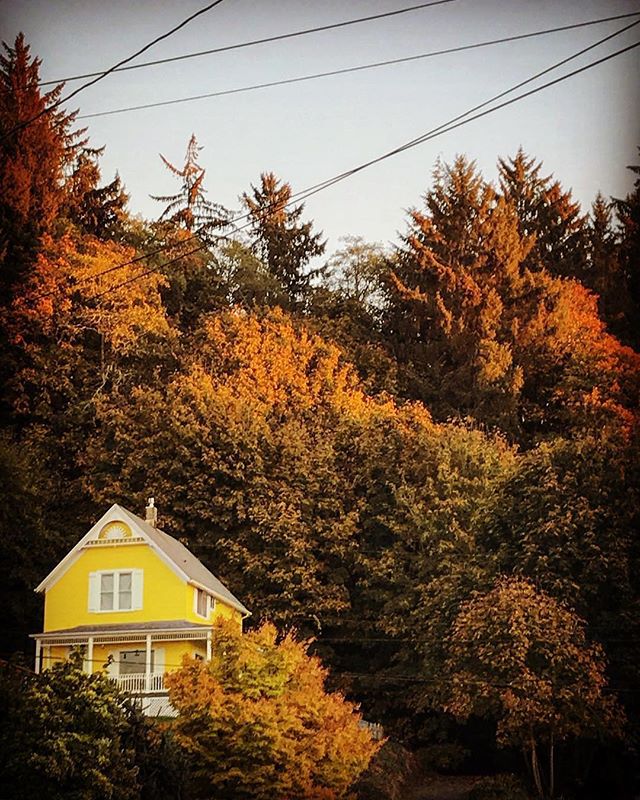
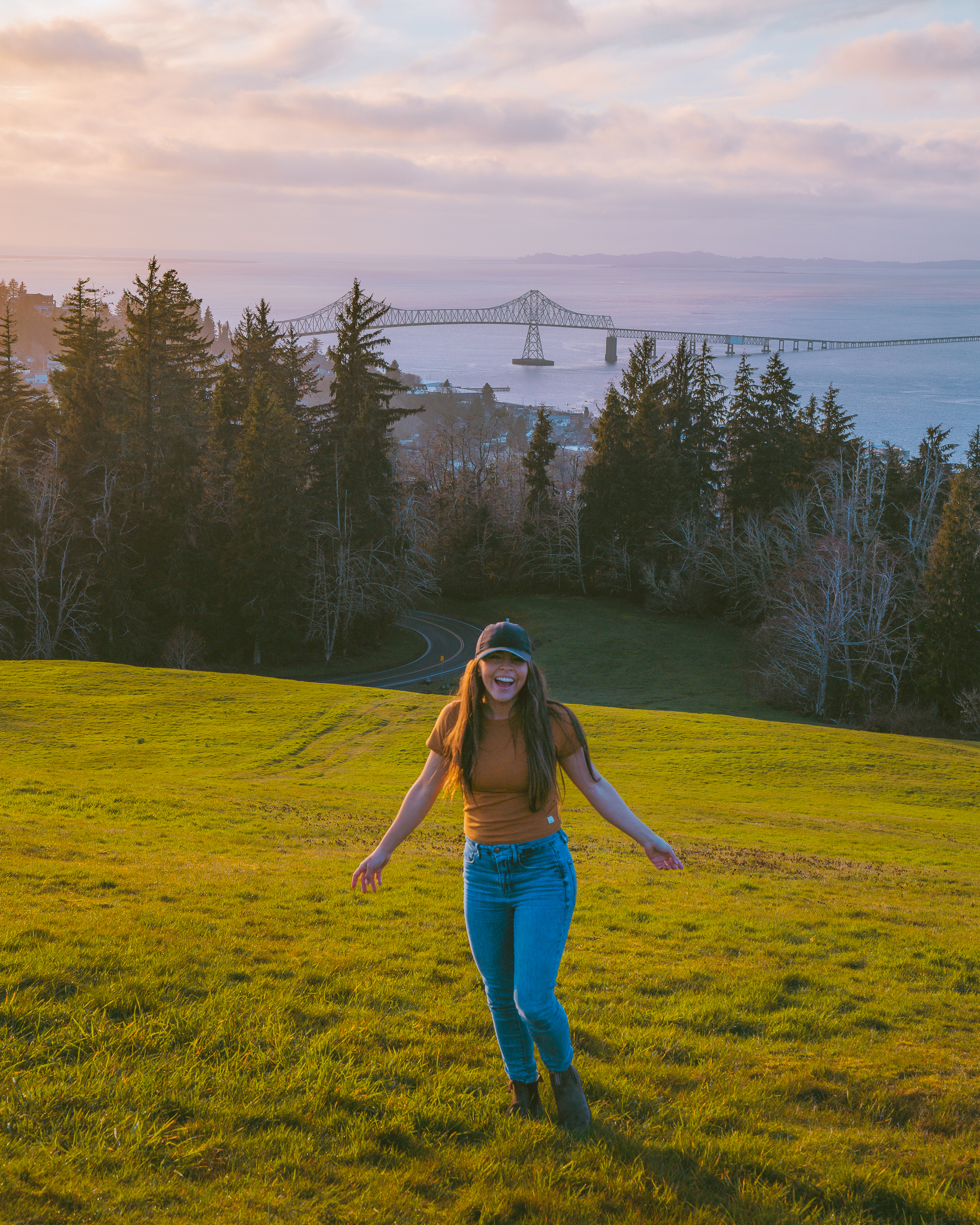
WHAT TO DO
WINTER WEATHER
- 9.62″average rainfall
- 48-37°average Temperature
Storm watching season. You won’t melt, we promise ;). Every season our recommendation is the same. It’s good to be prepared for, well, weather. Dressing in layers works well year round.
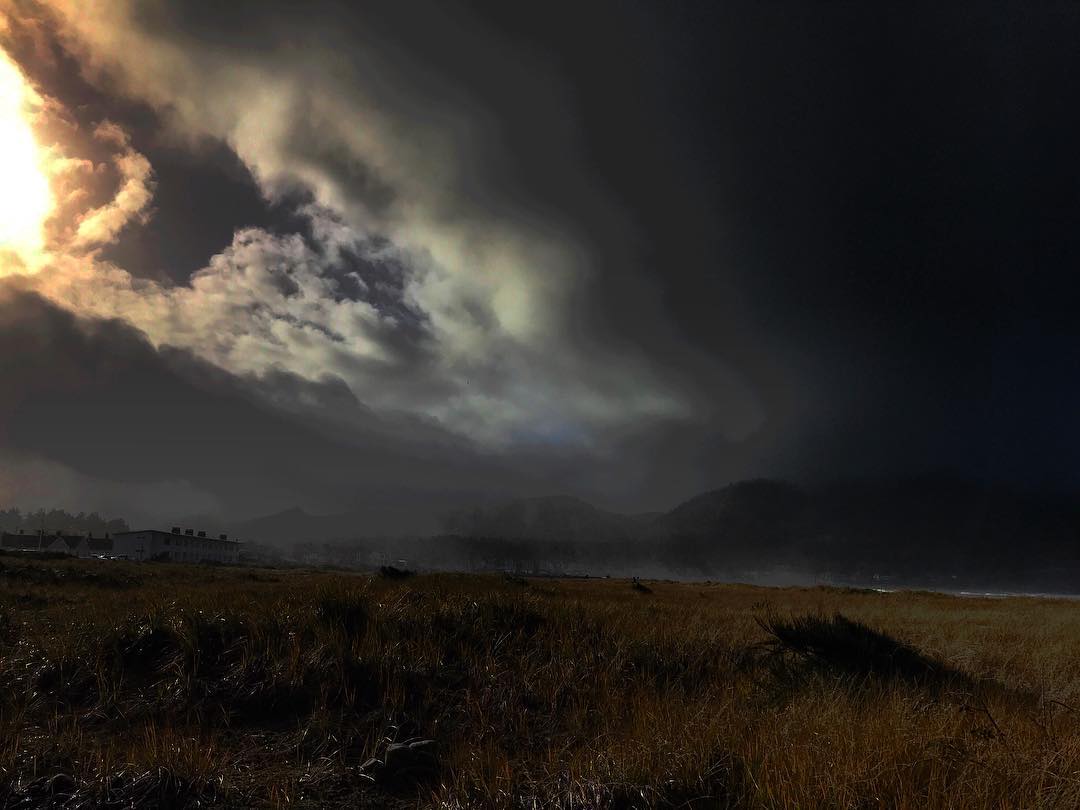
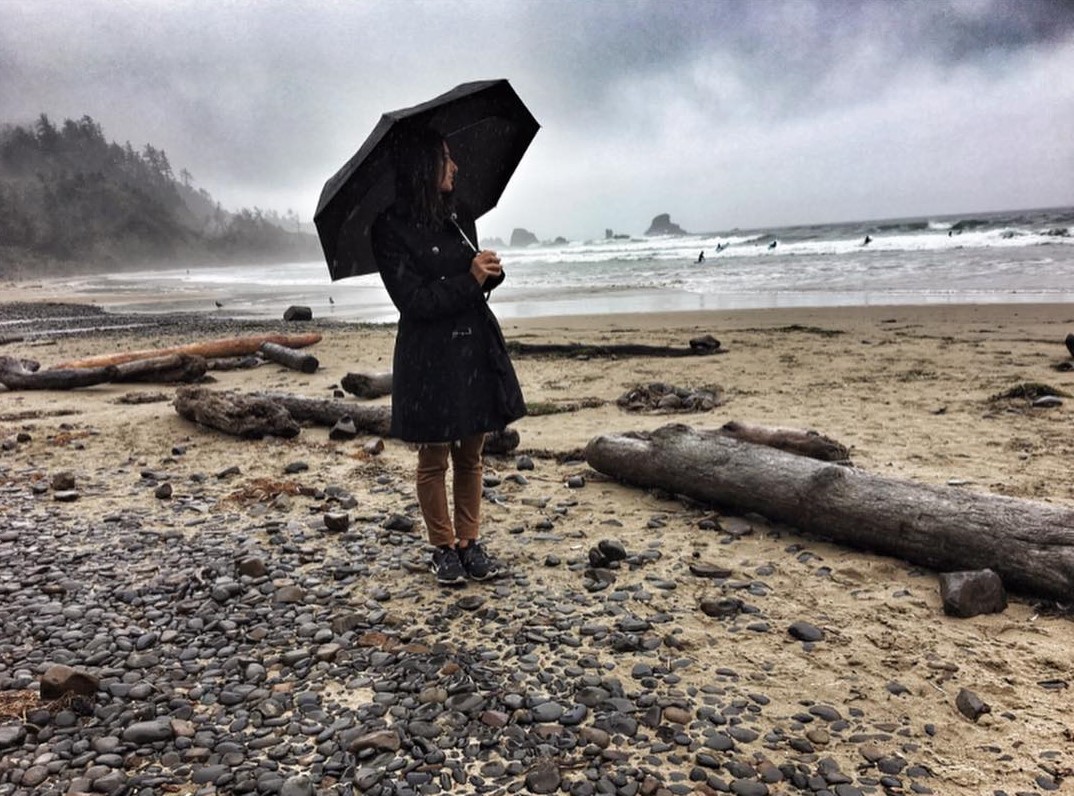
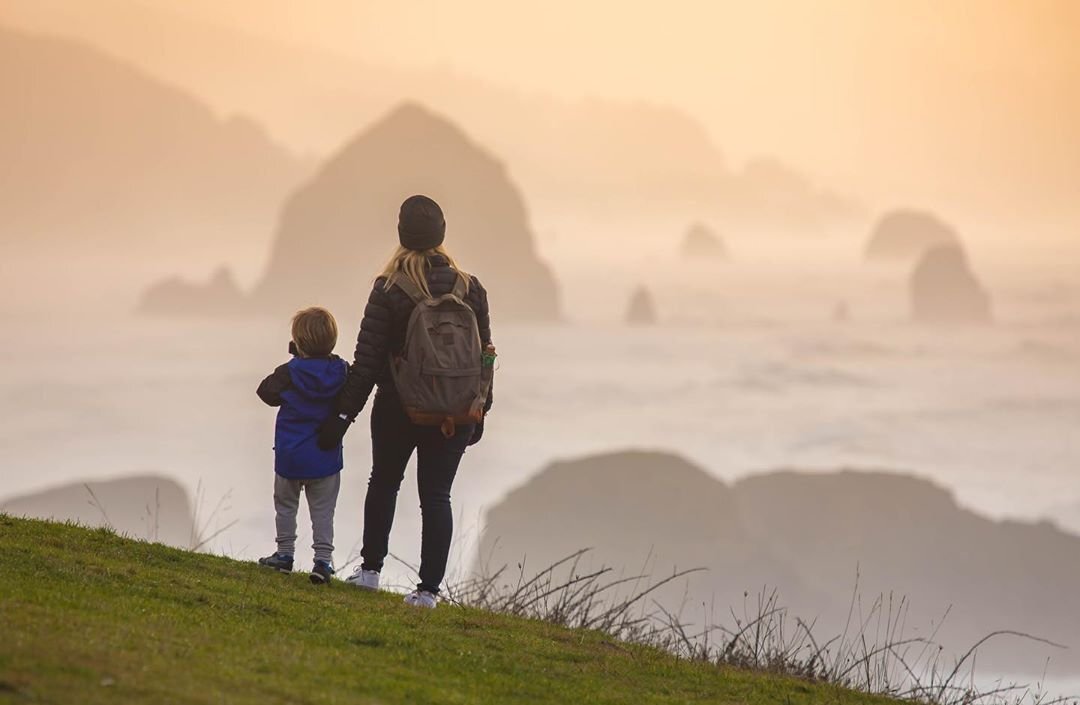
WHAT TO DO

TIPS: BEACH SAFETY
Remember the ocean can be unpredictable, particularly during the stormy winter and fall months. Even on calm days, sneaker waves surprise unsuspecting people, potentially injuring or sweeping them out to sea. Don’t turn your back on the ocean at any point while on the beach.
FAQS: OREGON COAST WEATHER
Spring and Summer on the North Coast bring especially pleasant stretches of beautiful weather. While April experiences considerable rainfall, it also is the start of warmer months ahead.
By the time June arrives, it is common for days to be in the low 70s accompanied by a soothing ocean breeze. Visitors often flock to the North Coast during the summer as temperatures rise, trading heat-waves for the ocean-regulated mild (but still warm) weather on the coast.
When planning for Oregon Coast weather, it’s essential to pack layers, including waterproof jackets, warm clothing, and sturdy shoes. Even in summer, temperatures can be cool, especially in the mornings and evenings. A windbreaker is also advisable due to frequent coastal breezes.
The general ethos is that with the right clothing, you can be outdoors on the Oregon Coast any time of year. Rainy winter months may limit some activities, but they also bring opportunities for storm watching and our coastal forest helps keep raindrops down on hikes. Summer offers the best conditions for beachcombing and kayaking, with generally milder weather and clearer skies.
If you’re looking for clear skies and sunny days, you can find the best weather on Oregon’s North Coast during summer months. While temperature will fluctuate from week to week, peak temperatures generally occur during July and August with highs around 77°F. This is also the busiest time of the year on the North Coast, so plan accordingly.
Oregon Coast weather is generally cooler and wetter compared to inland areas, thanks to the moderating influence of the Pacific Ocean. Coastal temperatures are more stable, with fewer extremes, while inland areas can experience hotter summers and colder winters.

